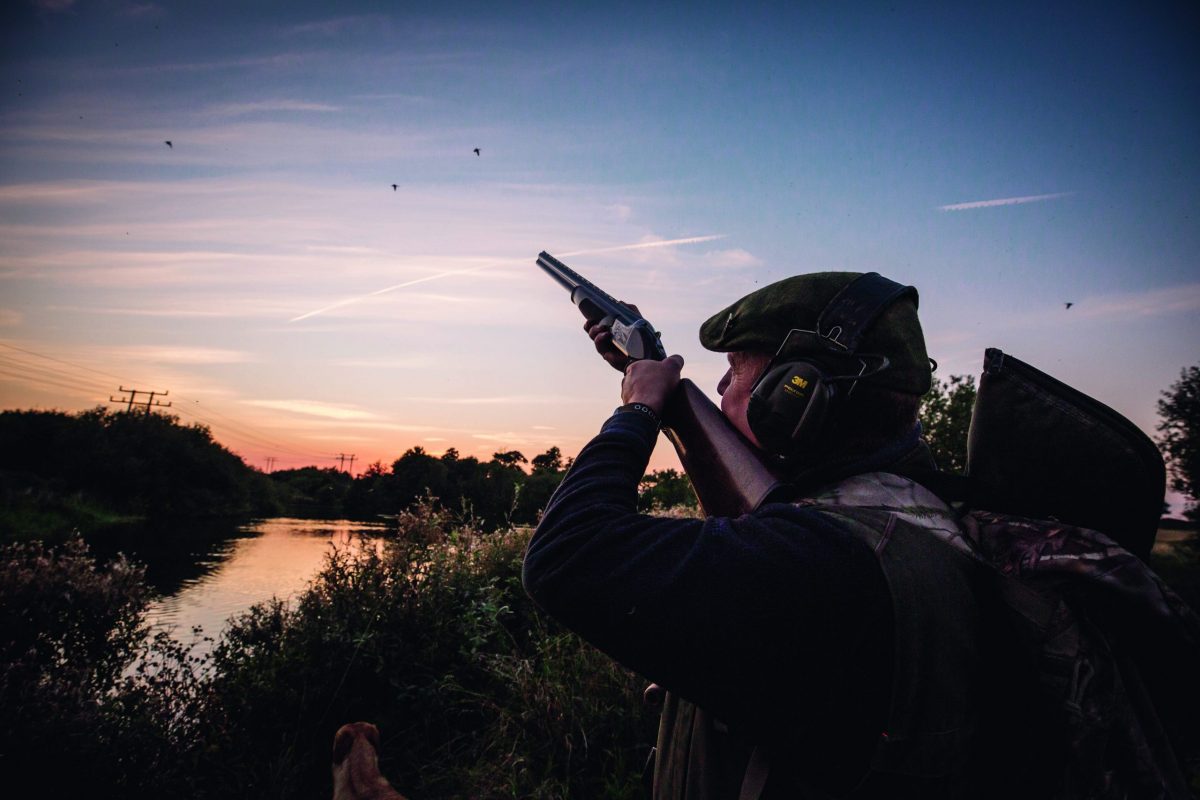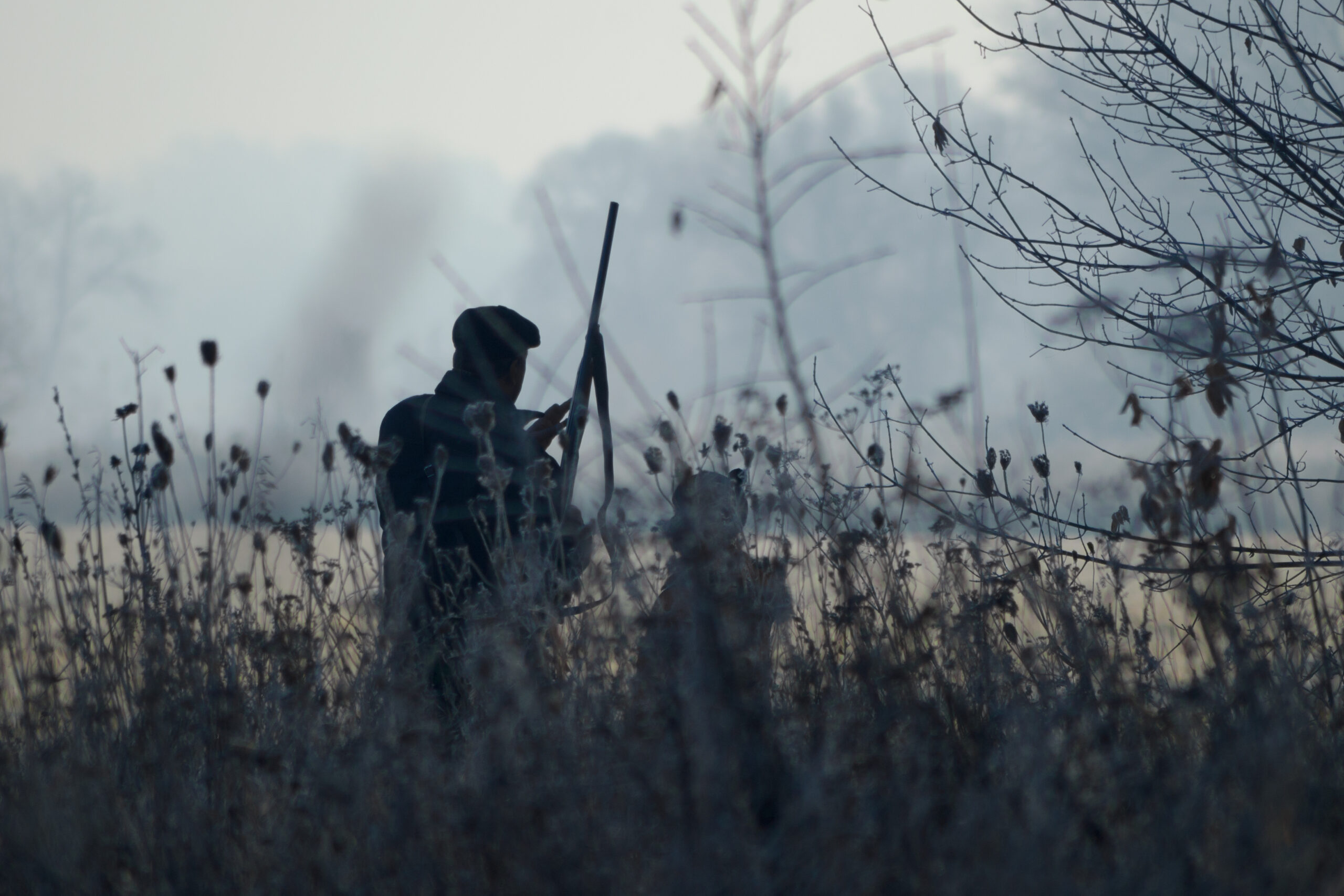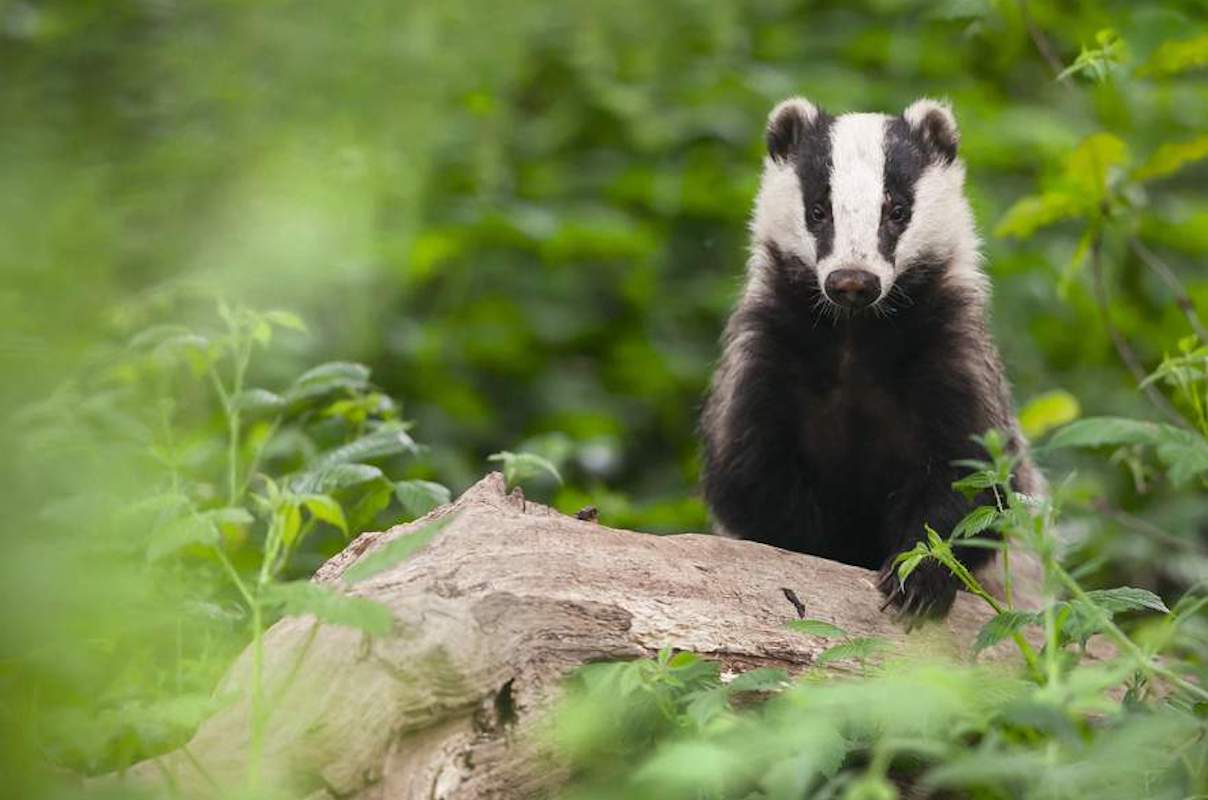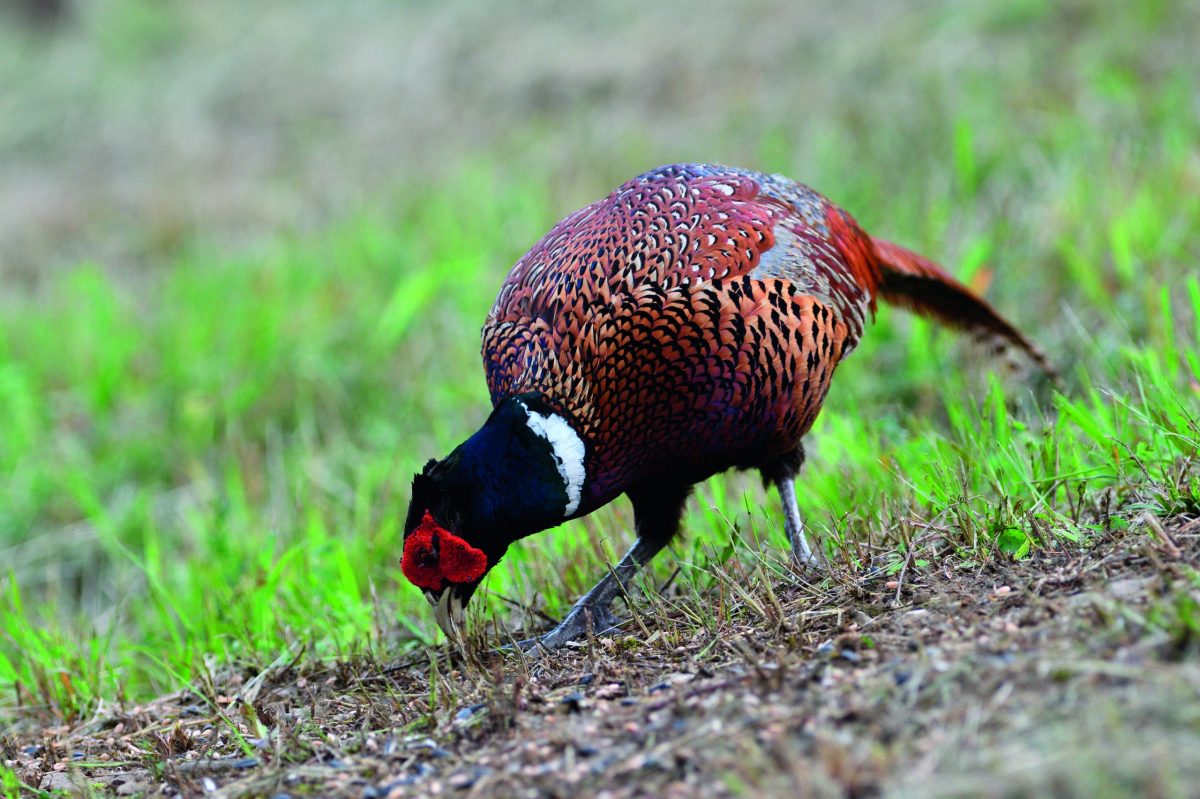How to get the most out of driven ducks
There is an art to driving ducks, and when it’s done properly it provides top sport, says Charles Grisedale

Whether flighting ducks or driving them, a sporting chance should always be given to quarry
Shooting Times has long been a magazine that airs differing opinions. The shooting world, after all — despite what some of our detractors might think — is a pretty varied place. A recent piece by Gethin Jones, a fellow Welshman, aired an opinion that stuck in my craw — it wasn’t just ‘differing’ but, to my mind, it was flat-out wrong (Are people starting to over-duck their days?, 21 September). Rarely, Gethin wrote, do Guns look forward to “that duck drive” with the same enthusiasm as the partridges or pheasants. Poor Gethin might have experienced what the Editor referred to a couple of years ago as “flaccid quackers”.
There are plenty of people out there, this season particularly, who have stuck a load of ducks down and are now realising that there’s actually an art to driving them properly. Sure, there are consequently now people who are experiencing some shocking duck drives, but who hasn’t experienced poor pheasant and partridge drives?

At Cefngwyn Hall, Guns have to remain hidden in order to get a shot at the ducks
I have witnessed some abhorrently low levels of conduct in many things during my life, from driving on the motorway to conduct on the hunting field — when we used to be able to do that. Even birdwatching is not immune. Gethin, as is often the case among those who criticise driven ducks, is a wildfowler, but to claim that shooting a wild teal is more acceptable than shooting a reared mallard is nonsense. It is most unlikely that you will have benefited said teal in any part of its life. When you drive ducks properly and build ponds and splashes, as you should, it’s a game of give and take.
The best drive of the day
But enough of our differing opinions. The important question is, how do you make a duck drive the best of the day? The biggest problem for duck shooting, when ducks have been released on your shoot, is their behaviour. A free-flying mallard knows no boundaries. Food is the most important part of their life. Comfort in their surroundings is important, too, plus shelter from the elements to a degree and safety from predators.
A pheasant invariably flies back to its release site. A mallard has no such limitations. On my shoot, the plan is to see the duck without being seen. If you are visible, the duck will just flick a wing and veer away. One of the things Guns seem to enjoy most about coming here is that you have to use shrubs and ditches to stay out of sight.
So why the difference in quality of shooting associated with ducks? Why are too many ducks not free-flying and capable of outsmarting the Guns through flight? The answers can be found in the above. If your duck leaves your shoot, your neighbours far and wide will enjoy your investment. Skulduggery — theft by any other name — may be deployed to tempt them, in the form of feed. In any event, once they leave your ground, they are fair game. So how do you produce free-flying mallard that stay at home?
I think of them as fighter pilots going into battle — they must have their flying hours in. They must also have a safe landing site to call home. Feeding them away from their pool then shooting them as they fly back to safety is, quite frankly, disgusting and totally foolish. Yes, you will kill a good number of ducks first time through, but they are not stupid and you can’t pull the same trick twice.
All birds lift into the wind to become airborne. The wind, unless it’s very strong, should be your guide on Gun placement. If you put your Guns just below where the ducks turn after taking off, you’re sure to end up with some very memorable sport.
The way to control ducks is through food. For a small mixed shoot, daily feeding would be a good idea. But make the ducks work for it; don’t just drop it in a heap and go. Remember, they must be strong and confident on the wing before your first day. Keep that in mind for next season.

When cared for correctly, reared ducks can offer just as strong a challenge as wild birds
There is another important issue. Not all mallard are from wild stock; some are diluted by farmyard traits. Khaki Campbell ducks lay a lot of eggs but are flightless. Aylesbury ducks are big and cannot fly either. Some duck sellers possibly prefer more eggs produced, at the expense of flying ability. Just look at any village pond and see the different colours of the ducks and drakes.
When I started hatching my own stock 46 years ago, 10% or more were wrongly coloured, and August was a daily chore of flying lessons. Now, we release at 19 days old — weather permitting — and let them get on with it. They have unlimited feed for life. The result is that you cannot tell the difference between released duck and wild. I tagged 1,000 of our birds, and they were shot from Cornwall to Gloucester, Anglesey to Dublin. However, mine is not a recommended release practice for a small shoot.
What you are trying to achieve is ducks that fly happily and instantly at perhaps a clap of the hands, sure of their surroundings and safe destination. Release should be at five weeks at the latest, to develop a good muscular structure. Feed pellets on the dry ground for three weeks, changing gradually to grain. Grain can then be fed under shallow water to prevent corvids eating it.
Do not try to fly them until at least 14 weeks old; shooting starts three weeks later when they are strong and confident on the wing. Shoot at them too early, possibly to save feed costs, and they — being more intelligent than pheasants — will down tools and not perform or simply leave you.

Whether flighting ducks or driving them, a sporting chance should always be given to quarry
Regimented
The internet will show you lines of Guns with their backs to a pool. Ducks appear over them ad infinitum in small waves. I’ve yet to see any breed of duck that willingly flies into a pool, in regimented packs of 12 birds, every 30 seconds for an hour. Catching birds up and releasing them to waiting Guns is thankfully illegal. Any greedy shoot operator who doesn’t realise an enemy drone may be filming them should rethink. The damage done to our reputations would be unthinkable.
We use the title ‘fieldsports’ and the clue is the word ‘sport’. A sporting chance given to your quarry, to be dealt with accurately and with respect, thereafter to grace our table. Through legally approved control of predators and good habitat, the conservation benefit to other species is massive too.
On the back of my shoot cards, I thank Guns for contributing to conservation in this part of Wales, and I mean it. Making the countryside a more biodiverse place should be a big part of driven ducks done properly.








